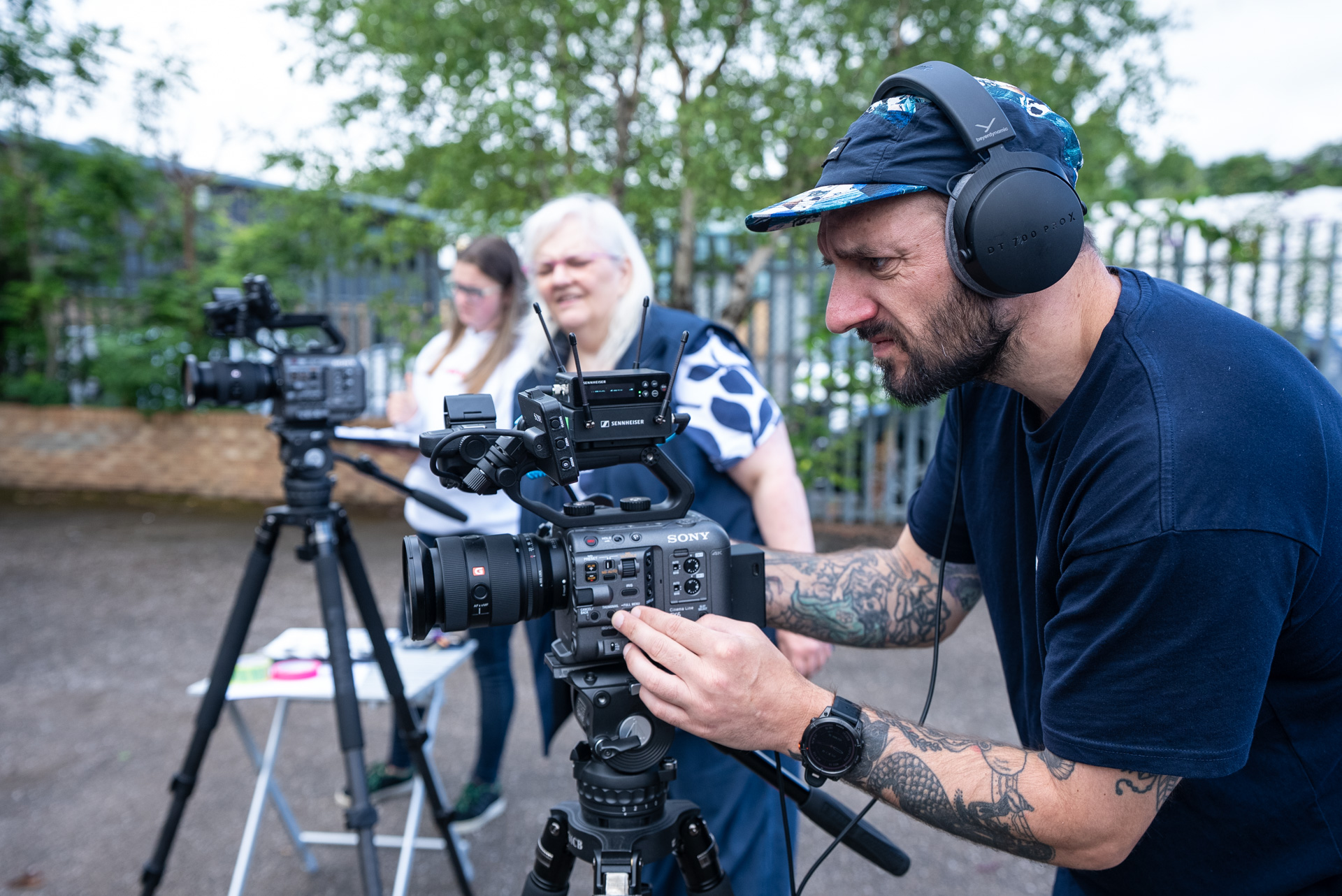Engagement is a subject that I love and return to, again and again — both through discussions with peers and my work with Trimble Productions. That’s because engagement holds such an important role for educators and presenters. The ability to create strong levels of engagement is a powerful tool. You can spend months crafting a beautiful and articulate presentation — one that hits all the key points and sums up your message concisely. But if your audience isn’t engaged, your message won’t create the desired impact; it won’t get through to the listener.
Of course, it’s not enough for someone to be listening. We’ve all had the experience of leaving a lecture hall or presentation and realised that we’re unable to recall most of it — despite having made a few notes or agreed with a point. From a neuroscientific perspective, if our brain isn’t engaged in what we’re watching or listening to, it will go into what we can think of as an ‘energy-saving’ mode. And when it defaults to that setting, we’re not able to process and retain information — both of which are required to learn.
Our attention spans have gotten shorter over time — especially over the past two decades. This is due to factors like the influx of digital content and information we receive, to our daily use of technology and social media. As presenters and educators, it’s our role to recognise this shift in attention span and modify how we present to combat it.
Engaging our audience is something we have to do consistently throughout a presentation – whether it’s in-person or online. When presenting in person, we need to do something every eight to ten minutes to maintain their attention. When we’re presenting online, we need to regain their attention every three to five minutes.
That ‘something’ — the attention-grab — is dependent on the content of the presentation and our unique presenting style. It could be asking a question from the audience or conducting a poll. We can also change our delivery of how we’re telling a story or the pace at which we’re telling it. We can share visual assets like graphics, photographs or a video to further explain a point. Whatever the subject matter or style of presentation, we need to consistently be integrating elements that help to maintain our audience’s attention.
Learning from storytelling
I believe that classic techniques used in storytelling have a lot to offer when it comes to great communication — and can make a real difference when applied to our profession and industry. Stories are powerful because they help us to communicate information very succinctly and connect with listeners in an impactful way. They’re created to be engaging; I think there’s a lot we can learn from them. If you read a book, for example, you’ll notice that the best authors can grab your attention within one page — sometimes in the very first sentence — through what is called ‘the hook’. Talks and presentations traditionally begin with introductions and the goal of learning outcomes.
What I’ve learned over the years is to place ‘the hook’ during that first 30 seconds, which I frequently do by using a clinical case or presenting a problem to solve. I might show a picture of a dog and explain that it’s collapsed; and that as a group, we need to find the underlying cause of the collapse and treat it within the next 30 minutes. If this can’t be done in these 30 minutes, the dog’s survival rate will be significantly lower.
Creating a situation that instantly grabs their attention and positions them as active participants — with a cliffhanger — is a first step in the right direction when it comes to creating that investment and engagement from an audience. They want to know what happens next.
Fostering active engagement
I’m invested in the ways that we can use engagement to further education and learning within the veterinary profession. When I talk to my colleagues in educational establishments like the University of Nottingham where I’m an assistant professor, we discuss how students and their needs are changing. Attention spans, for everyone, are decreasing and it’s becoming more difficult for us to teach them. It’s our role to engage them — and that requires us to be open to different, and more effective ways, of presenting information and teaching.
Taking principles from the underlying neuroscience and techniques from people who are excellent communicators — whether they’re academic or from creative industries — could have a big impact when applied to education. It has the potential to make a colossal difference to our effectiveness when it comes to teaching and improving our profession as a whole.




